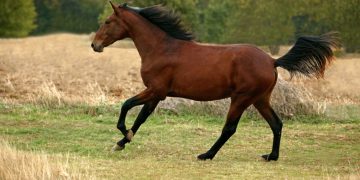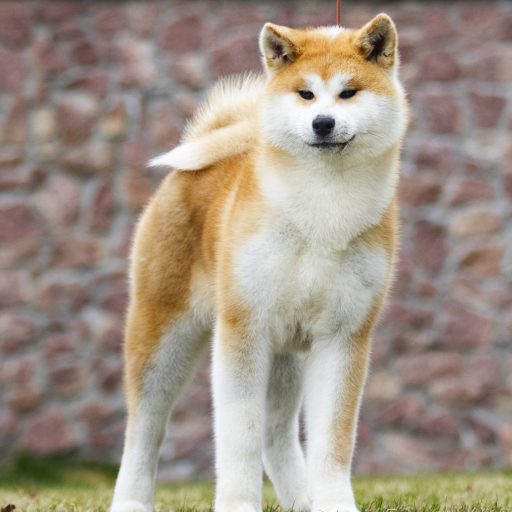Originally from Portugal, and more specifically from a region called Lusitania, the Lusitano is one of the oldest saddle horses in the world. Appreciated for his unusual physique, at once harmonious, elegant and fiery, the Lusitano has crossed the ages. Alternately war horse, parade horse and Corrida horse, it is now particularly used in the world of equestrian dressage. Discover this incredible breed that is the Lusitano.
Breed History
Of Portuguese origin, the Lusitano was used as a war horse during Antiquity. He also took part in chariot races in Roman times.
Because of its particularly attractive physique and its gaits, the Lusitano, also called Lusitano Thoroughbred, has long been the preferred mount of kings.
With the Revolution, the Lusitano was abandoned in favor of the Arabian Thoroughbred and the English Thoroughbred, preferred for their speed, then draft horses appreciated for their ability to tow heavy loads.
It was not until the beginning of the 20th century that the Lusitanian regained its letters of nobility. He nevertheless marked the world of horse riding as well as that of art and literature. He has also brought his blood to many breeds of horses such as the Frisian, the Oldenburg or the Lippizan.
Physical peculiarities
His head: the muzzle is generally hooked and the jaw is not very pronounced. The eyes, like the head in general, are expressive. The ears are small and thin.
Its neck: of medium length, the neck of the Lusitano is muscular and well attached.
His body: very harmonious, the body of the Lusitano is short, compact and rounded. The back is broad and powerful, and the croup is round.
Its limbs: the limbs are of medium length, lean and muscular.
His horsehair: the horsehair is fine but provided.
Its coat: the coat of the Lusitano can be of all colors (chestnut, palomino, isabelle…), although it is generally grey, white or bay. We can also see some horses with welts on the limbs, or even a mullet stripe.
His gaits: the Lusitano’s gaits are supple, lifted and ample. It is a comfortable and fast horse.
Good to know: we can find two types of Lusitano, namely the typical sport Lusitano which is rather thin, and the baroque Lusitano which is more square.
Famous Lusitano Horses
Many Lusitanians have become known for their sporting performances, both in driving and horse-ball and in dressage. For example, we can cite Félix-Marie Brasseur, 4-man driving world champion in 1996, who uses a crew of Lusitanians. We must also mention Carlos Pinto who qualified for the Olympic Dressage Games with Novatel or Orpheus who shone under the saddle of Catherine Henriquet.
The breed is also very represented in the cinema, appreciated for the beauty of its models and for its ease of learning.
Breeding
It was not until 1912 that a common Stud-Book for Portuguese and Spanish breeds was opened. In 1967, the breed was officially recognized by the opening of a Stud-Book dedicated to it.
Breeders produce Lusitano that are either “sport” type or “baroque” type, always under the close supervision of the Associação Portuguesa de Criadores do cavalo pro sangue lusitano.
In Portugal, there are more than 400 Lusitano farms in operation. The foals are easily identifiable by a visible mark on the thigh corresponding to the farm from which they come.
In France, the Lusitano is one of the highest bred foreign horses in the country. Mainly located in the south of the country, French Lusitano farms export them all over the world.
Nearly 10,000 purebred Lusitanians are now referenced in the world, the breeders’ objective being to preserve the qualities inherent in the breed.












